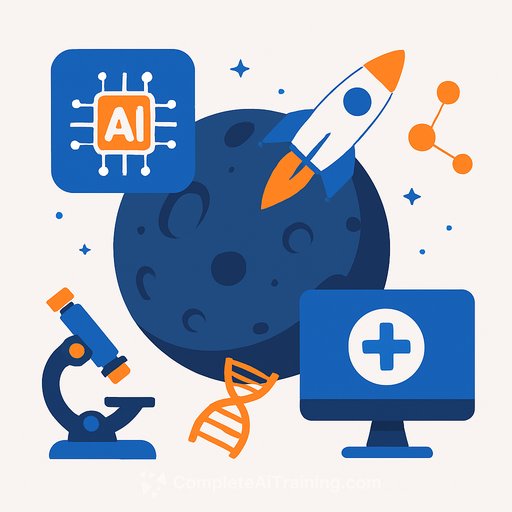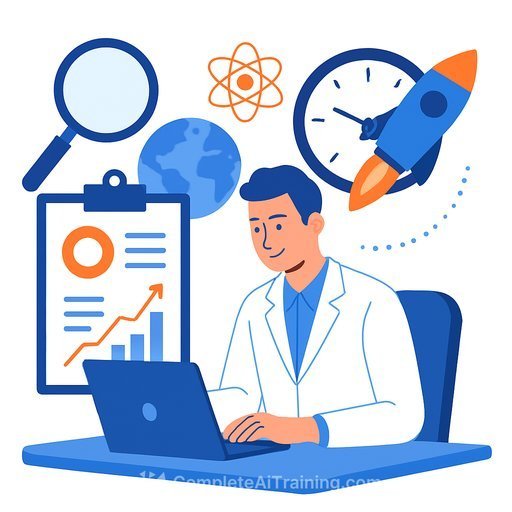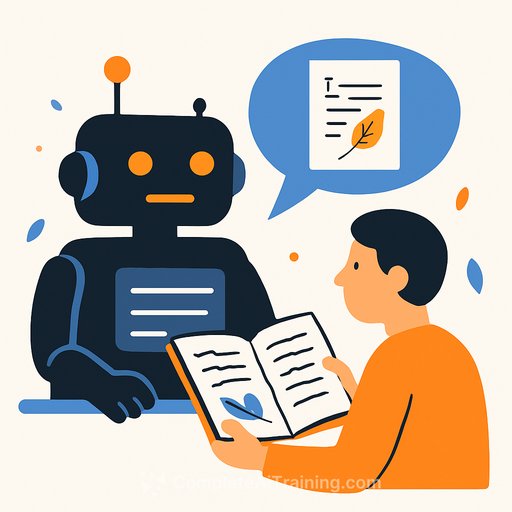"Genesis Mission": A government-wide AI push to fuse US scientific data
The administration has launched the "Genesis Mission," an executive-order program that links thousands of federal datasets with the computing power of America's national laboratories. The goal: apply AI to automate experiment design, speed simulations, and build predictive models that move discovery cycles from years to days or hours. Initial targets include drug discovery, energy systems, and core engineering challenges.
Officials frame the effort as the largest coordination of federal science resources since the Apollo era. Agencies will open suitable datasets, national labs will expand AI-optimized compute, and private partners will help scale infrastructure and tools.
What leaders say the mission will deliver
White House science leadership says the program will connect federal data assets with Department of Energy lab supercomputers to run autonomous, closed-loop experimentation. The intent is to increase the rate of validated findings in areas where approvals and breakthroughs have slowed in recent decades.
The Energy Department plans to align the 17 national laboratories, universities, and industry to shift commercial AI systems from consumer use cases to scientific discovery and engineering. Another stated goal: make the power grid more efficient to counter price spikes and improve reliability.
Guardrails will limit access to data with national security or proprietary restrictions, while leaving a large volume available for research. Leadership also expects new "AI supercomputing" capacity to be added alongside today's top systems, with future funding likely requiring congressional support.
Why this matters for researchers
If you work in science or engineering, expect three big changes: more interoperable federal data, easier access to AI-accelerated compute, and pressure to prove reproducible gains from automated workflows. Closed-loop labs, digital twins, and active learning will move from pilots to standard practice. Teams who prepare their data and governance now will move fastest.
How to get your lab ready
- Data readiness: inventory your top datasets, apply FAIR principles, add rich metadata, and assign persistent IDs. Document licenses and usage rights. De-identify any human data and lock down access paths.
- Ontologies and knowledge graphs: align to common schemas (e.g., Biolink, schema.org) and expose machine-readable context. Add provenance so models can trace sources.
- Model governance: adopt the NIST AI Risk Management Framework for risk controls, documentation, and evaluation. Create model cards, audit trails, and red-team procedures for safety and bias checks.
- Closed-loop experimentation: API-enable instruments, add calibration routines, and define safe operating bounds. Start with active learning or Bayesian optimization to prioritize experiments.
- Compute strategy: containerize workloads, pin environments, and integrate with HPC schedulers. Plan for hybrid CPU/GPU usage and budget for storage throughput, not just FLOPs.
- Reproducibility: version data and code (e.g., DVC/MLflow), seed randomness, and register artifacts. Set acceptance thresholds before running large screens.
- Security and compliance: classify datasets (public, internal, CUI), segment networks, and implement secrets management. Map export controls and review dual-use risks, especially in bio and advanced materials.
- IP and collaboration: clarify background vs. project IP, agree on data licenses, and use clean-room processes for sensitive sources. Prepare short concept notes for lab user facility access.
90-day action plan
- Nominate a data steward and produce a catalog of your 10 most valuable datasets with quality scores, licenses, and readiness gaps.
- Select two reference problems tied to program goals (e.g., hit discovery, grid optimization). Define success metrics and baselines now.
- Stand up a pilot: one closed-loop pipeline (active learning + simulation or experiment), tracked end-to-end with reproducibility tooling.
- Secure compute: request allocations at relevant facilities, prepare containers, and run a small-scale benchmark to size resources.
- Publish your governance pack: model cards, evaluation plan, incident response, and red-team protocol. Make it easy to review.
- Draft a 2-page brief for Genesis participation with datasets, methods, risks, and expected impact. Identify partners and POCs.
Risks to watch-and practical mitigations
- Data leakage and IP contamination: use labeled data tiers, code review for data access, license scanners, and clean-room workflows.
- Overconfident predictions: add uncertainty quantification, calibration checks, conformal prediction, and preregistered evaluations.
- Bias and confounders: apply causal analyses, out-of-distribution tests, and continual shift monitoring.
- Irreproducible results: lock environments, version everything, and record lineage. Require independent reruns before claims.
- Dual-use concerns (bio, cyber, materials): establish restricted generation policies, screening, and review boards before deployment.
- Operational safety (grid, facilities): test in digital twins, gate to sandboxed environments, and keep humans in the loop.
What to watch next
Look for agency guidance on data sharing, compute allocations at national labs, and funding calls that prioritize AI-for-science pipelines. Expect clarity on privacy, IP, and security carve-outs. Early pilots in drugs, materials, climate, and grid operations will set the pattern for broader rollout.
Authoritative resources
Build team capability
If your team needs structured upskilling in practical AI for research, explore focused programs by role and skill. A curated starting point: AI courses by job.
Your membership also unlocks:





